





 |
 |
 |
 |
 |
 |
|---|---|---|---|---|---|
 |
|---|
 |
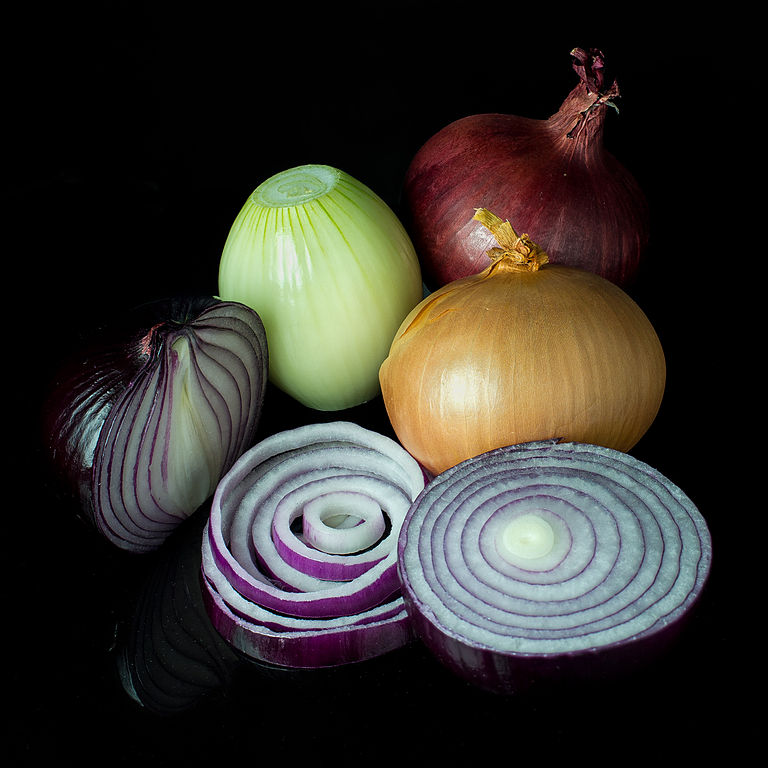 |
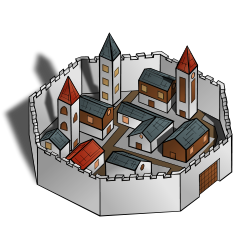 |
 |
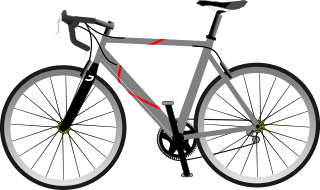 |
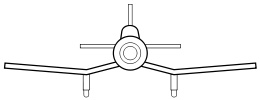 |
|---|---|---|---|---|---|
A city built from scratch can solve problems that existing cities can't. Using
driverless electric vehicles, prefabricated housing, and hydroponics, the
following are possible:
Electric vehicles outperform gasoline vehicles in all regards except range, and if you splurge on the battery you can have the range (plus ludicrous power). They are simpler, cheaper, more powerful, quieter, and longer-lasting than gasoline cars. Electric motors can be put on anything, which has triggered a proliferation of novel electric vehicles such as bikes, kick scooters, skates, uniwheels, and compact cars. This decreases travel time, especially if the road system has compact electric vehicles in mind.
Travel time can be decreased using autopilot cars, which can coordinate with a central computer to minimize traffic.
Prefabricated houses decrease housing cost and increase flexibility in changing residences. They can be assembled like legos into large structures.
Using intelligent design, residential and public space per person can be optimized, and it can be arranged so that everyone has a yard bordering a park.
Hydroponics gives 100 times the yield of soil agriculture, and 40 square meters of hydroponics is enough to sustain a person.
A flying car powered by lithium-ion batteries can fly for 30 minutes and cover 100 km.
The average American home uses 1500 Watts of electricity. Solar cells average 50 Watts/meter2 and this power can be provided by 30 meters2 of cells.
1500 Watts of power for 1 day is 130 MegaJoules. Lithium-ion batteries cost 100 $/MegaJoule and this energy can be provided by a $13000 battery.
A compact entertainment district enhances socialization. The district should have an indoor and outdoor park surrounded by establishments such as bars, restaurants, etc.
Electric vehicles decrease dependence on foreign oil.
We expand on each of these points in the sections below.
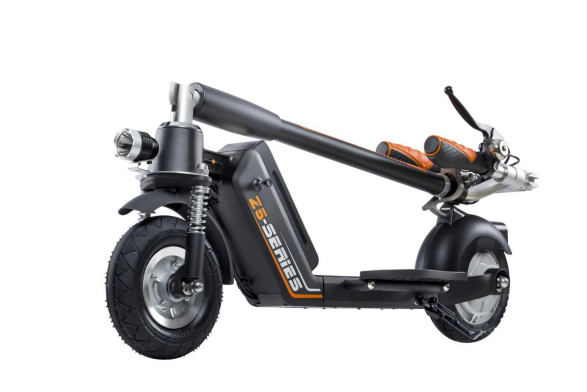 |
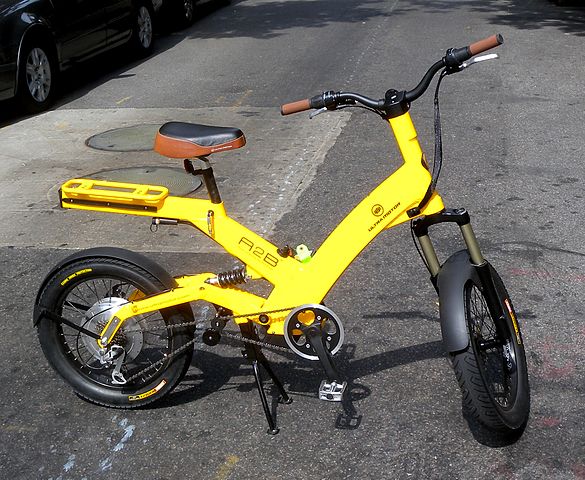 |
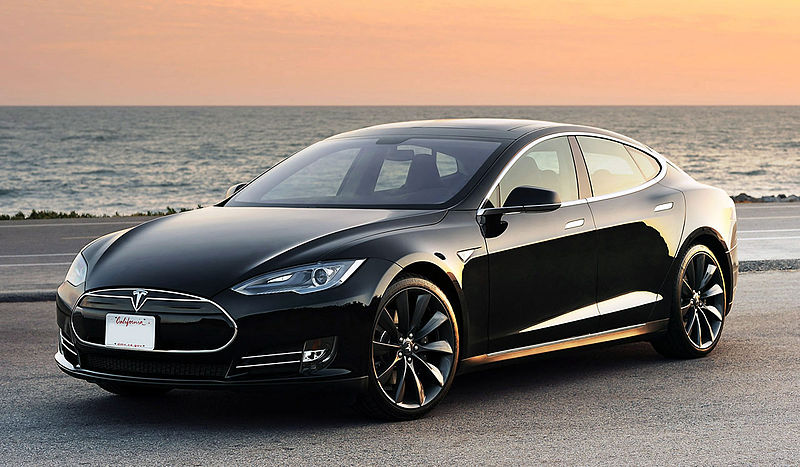 |
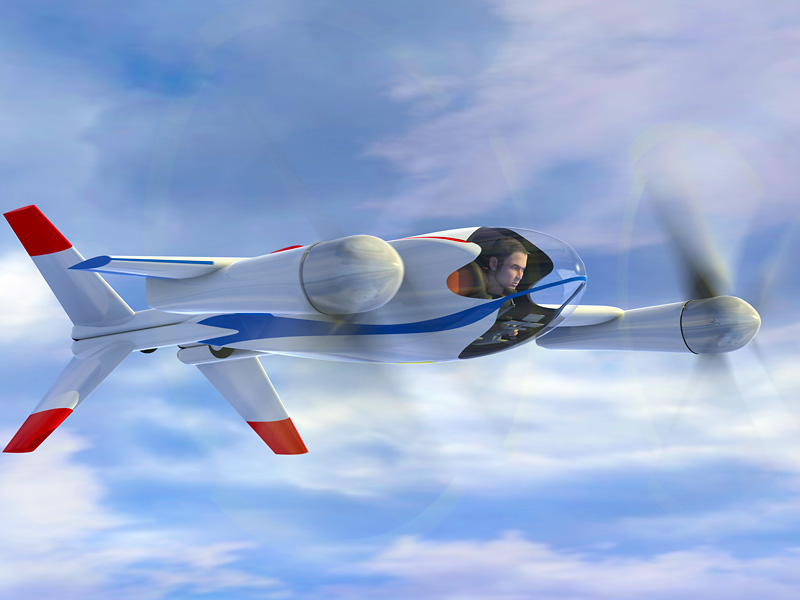 |
|
|---|---|---|---|---|
Electric vehicles are simpler and quieter than gasoline vehicles. Gasoline vehicles have better range and better power/$.
Quietness is important for small vehicles, because there are cities with lots of small vehicles. Small GVs are loud.
GVs come with baggage like gears, a powertrain, combustion, a flywheel, a muffler, etc., none of which are present in EVs. In an EV, the powertrain is wires, and the motors can be on the wheels. The motors can be independent.
Sports car manufacturers have embraced EVs, such as Tesla, Porsche, Mercedes Benz, and Jaguar.
In an EV, the battery can be on the bottom of the car, which helps with stability. It can also be suspended.
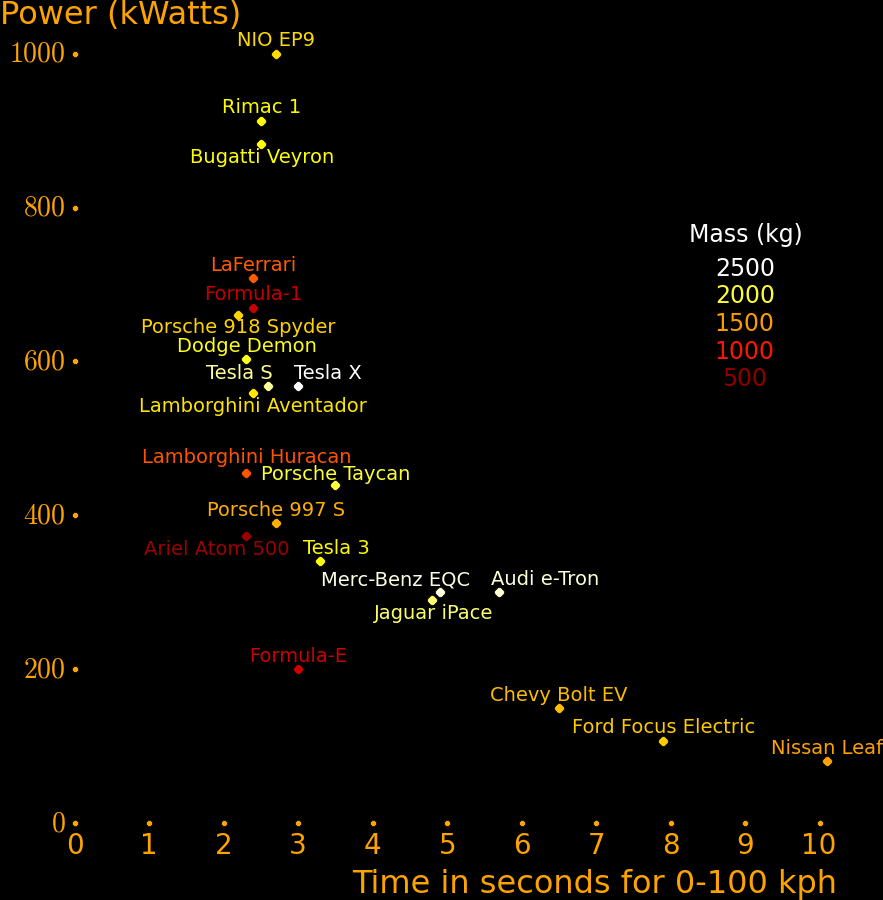 |
|---|
For small motors (less than 5 kWatt), GVs have a higher power/$ than EVs. GVs are 18 Watts/$ and EVs are 5 Watts/$.
Power/Mass Power/$ Energy/$ Energy/mass
Watt/kg Watt/$ MJoule/$ MJoule/kg
Gasoline motor 250 18 - -
Electric motor 200 10 - -
Battery, li-ion 500 10 .01 .6 Energy/$ is for the battery, not the electricity
Battery, lead acid 180 10 .02 .18 Energy/$ is for the battery, not the electricity
Generator 100 10 - - Gasoline to electric
Gasoline 100 10 45 47
For an ensemble of a li-ion battery and an electric motor, the overall power/mass is 5 Watts/$.
Driving a mid-sized car at 75 mph requires 40 kWatts, which are with reach of Lithium-ion batteries and gasoline generators.
The relationship power and speed is:
Power ∼ Speed3 * CrossSection
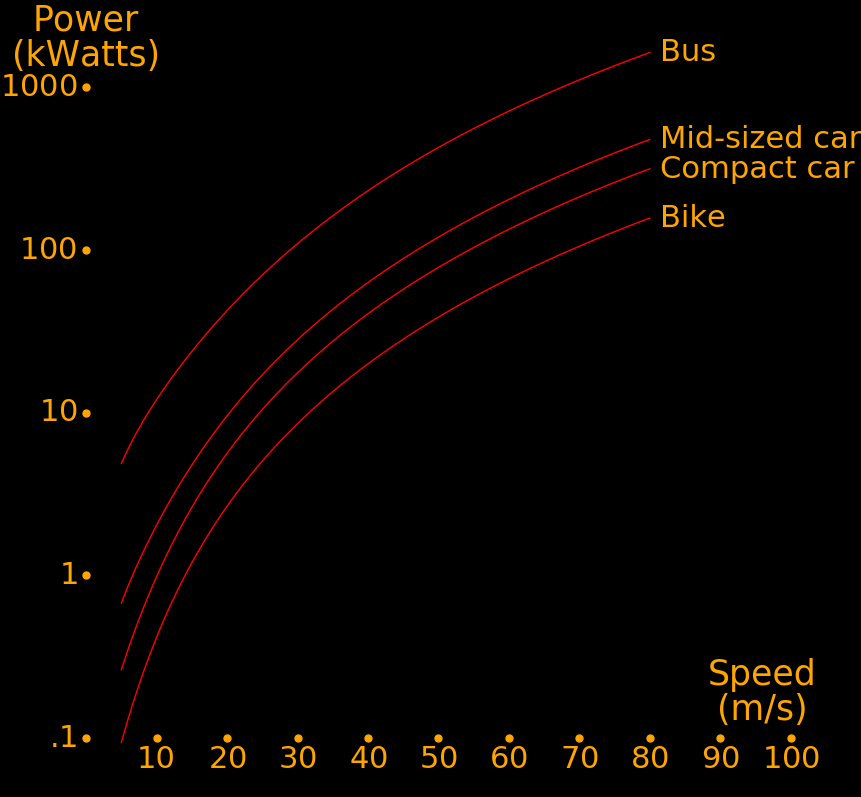 |
|---|
The challenge is range. Battery energy is easily enough to cross cities but not enough for long-distance freeway driving.
BatteryEnergy ∼ Range * Speed2 * CrossSection
For a typical electric car driving at city speed,
Car speed = V = 20 meters/second Air density = D = 1.22 kg/meter3 Air drag area = K = 1.5 meters2 Air drag force = F = ½ K D V2 =366 Newtons Air drag power = P = ½ K D V3 = 7.3 kWatts Battery energy = E = F X =100 MJoules Range = X = E/(½ K D V2) =272 km
Drag area (meters2)
Kick scooter .4
Bike .5
Compact car 1.0
Mid-sized car 1.5
SUV 2
Bus 5
An electric generator can extend range. Generators have poor power/mass but for ground vehicles, mass isn't a problem. If we equip electric vehicles with generators,
Speed Generator Generator Generator
m/s power (kW) cost ($) mass (kg)
Kick scooter 10 .25 25 1
Bike 15 1.0 100 5
Trike 20 4 400 20
Compact car 30 16 1600 80
Mid-sized car 30 25 2500 125
The generator is always a small fraction of the mass and cost of the vehicle.
If a lithium-ion battery and a generator have equal power then the battery is cheaper and lighter than the generator.
Battery cost / Generator cost = .4 Battery mass / Generator mass = .17Batteries are good for short-term bursts of power and generators are good for long-term cruising. A vehicle should have both.
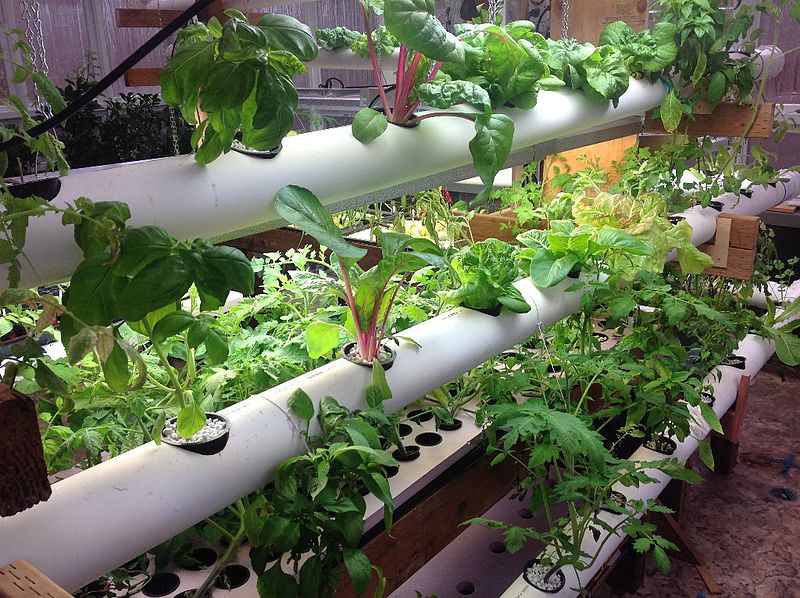 |
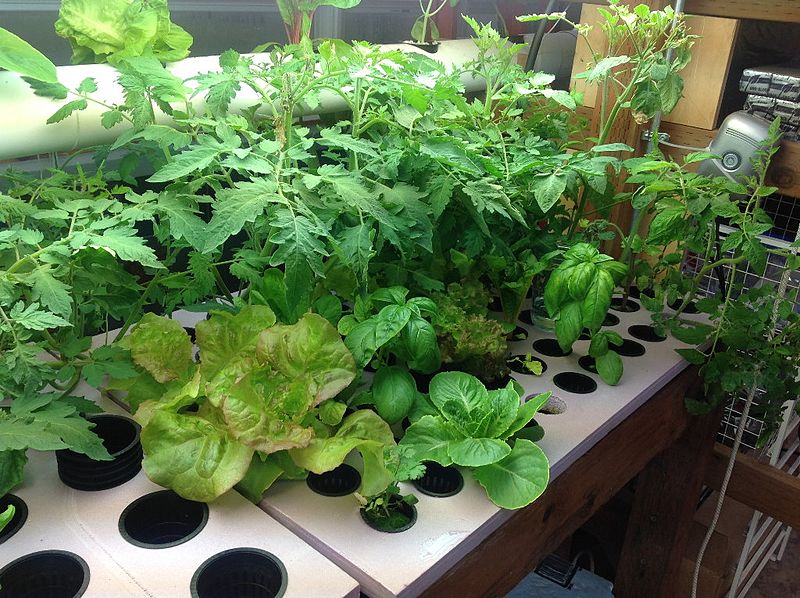 |
|---|---|
Hydroponics is the technique of growing plants in water rather than soil, where the water is fertilized with nutrients. Hydroponics can yield 100 times as much food as soil-based agriculture, and a person can be sustained with only 200 square meters of hydroponics.
Hydroponics is easy. One can buy a system that takes care of everything and one need only supply the system with water and fertilizer. One can further improve yield with greenhouses, lighting, and mirrors.
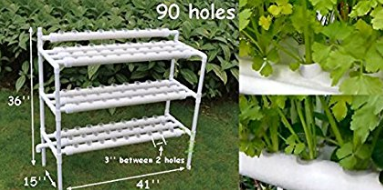 |
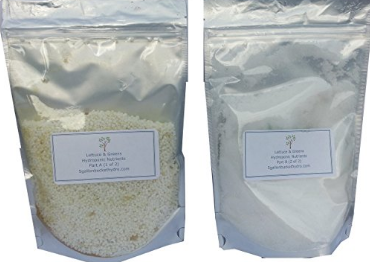 |
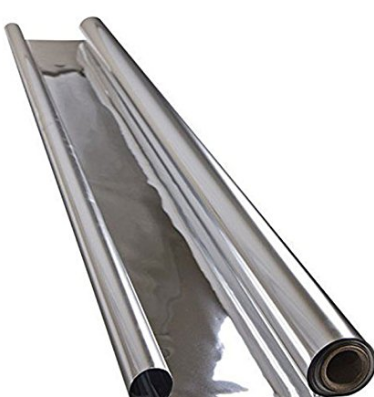 |
|---|---|---|
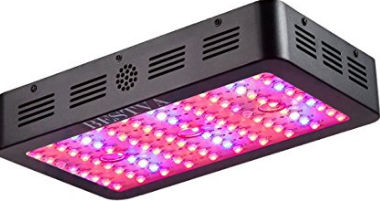 |
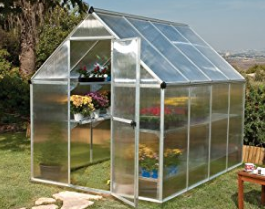 |
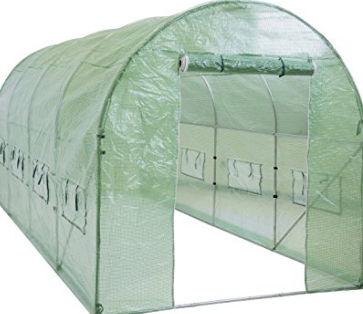 |
|---|---|---|
A "grow kit" takes care of supplying the plants with water. One need only supply the kit with water and fertilizer. Fertilizer comes in powder form and dissolves in the water. Kits cost $2 per plant site.
Putting a greenhouse around the kit amplifies the yield by allowing one to control temperature and humidity. A greenhouse also allows plants to be grown during the winter.
Mirrors can amplify the sunlight reaching the planet, and mirror film is cheap.
Lights can improve the growth rate and make it possible to grow plants 24 hours.
.jpg) |
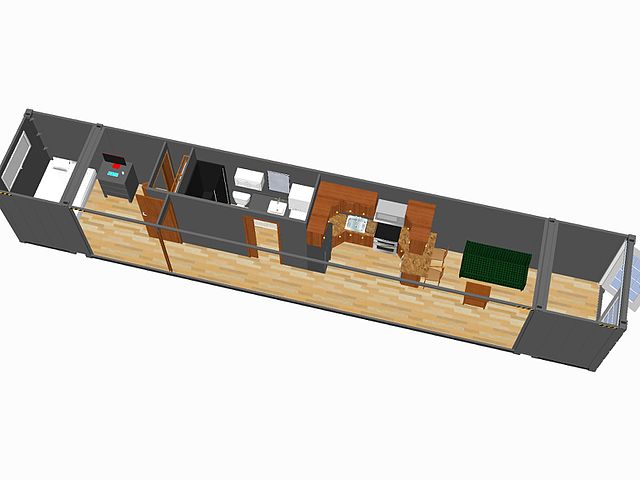 |
|
|---|---|---|
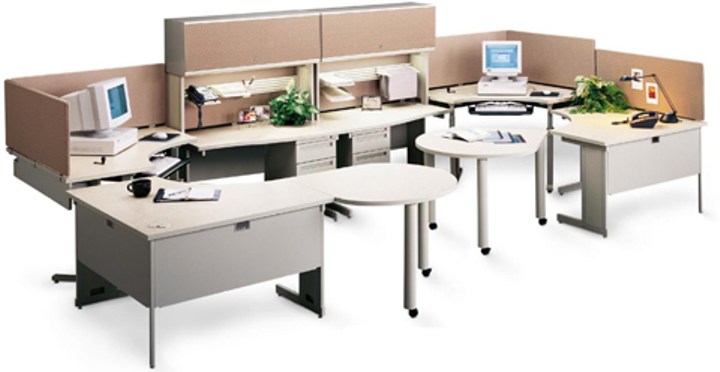 |
|---|
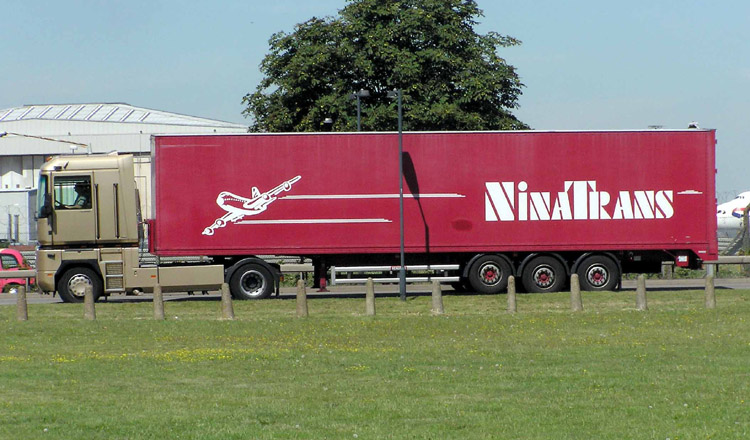 |
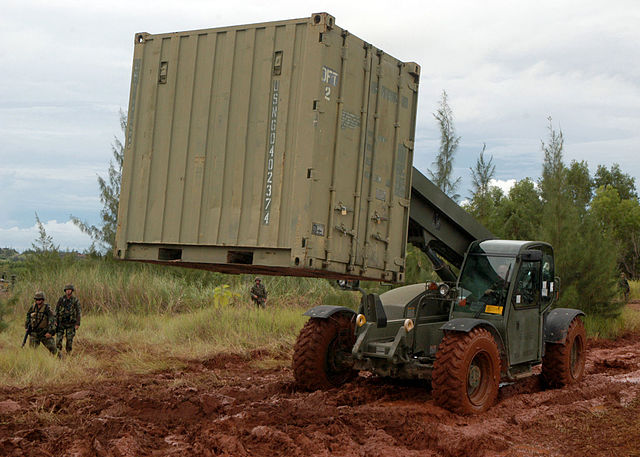 |
 |
|---|---|---|
Prefabricated homes can be made from shipping containers, which are abundant, cheap, and easily delivered.
$ Length Width Height Mass
ft ft ft kg
10-foot shipping container 1000 10 8 8.5 1300
20-foot shipping container 1200 20 8 8.5 2200
40-foot shipping container 1500 40 8 8.5 3800
Typical mobile home 90 18
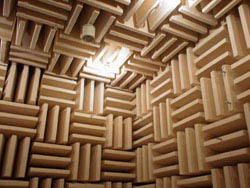 |
|---|
The soundproofing effectiveness of a wall is proportional to the mass per area. Example:
Wall mass per area = m = 161 kg/meter2 Sound frequency = F = 41 Hertz Soundproofing constant = C = 66 Hertz kg/meter Sound transmission fraction = Q = C m-1 F-1 = .01 Calculation in the appendixThe lower the value of Q, the more soundproof the wall. If
Q < 1 The formula is valid Q = 1 Minimum wall mass/area to attenuate sound Q > 1 The wall does not attenuate sound.
The lower the frequency, the harder it is to soundproof. In the example we use the lowest frequency that a string bass or a bass guitar can produce, which is 41 Hertz.
A soundproof wall should be able to attenuate sound by at least 40 decibells, which corresponds to a sound transmission fraction of .01. We use this value in the example and this yields a wall thickness of 161 kg/meter2.
The thickness of a wall depends on the density. For some common building materials, the thickness that gives a mass/area of 161 kg/meter2 is:
Composition Density Thickness
g/cm3 cm
Bamboo .85 19
Water 1.0 16.1
Stone 2.7 6.0
Concrete 2.7 6.0
Steel 7.9 2.0
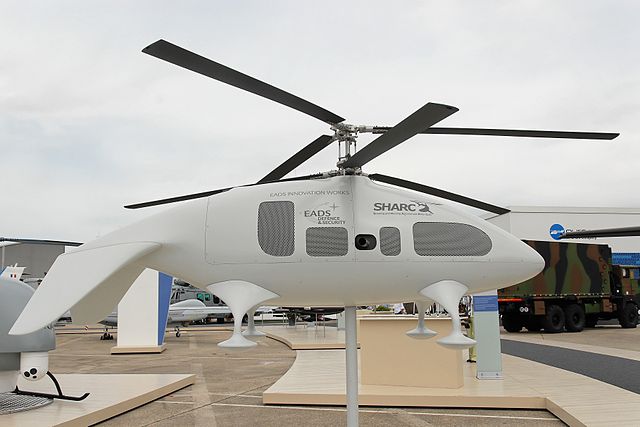 |
 |
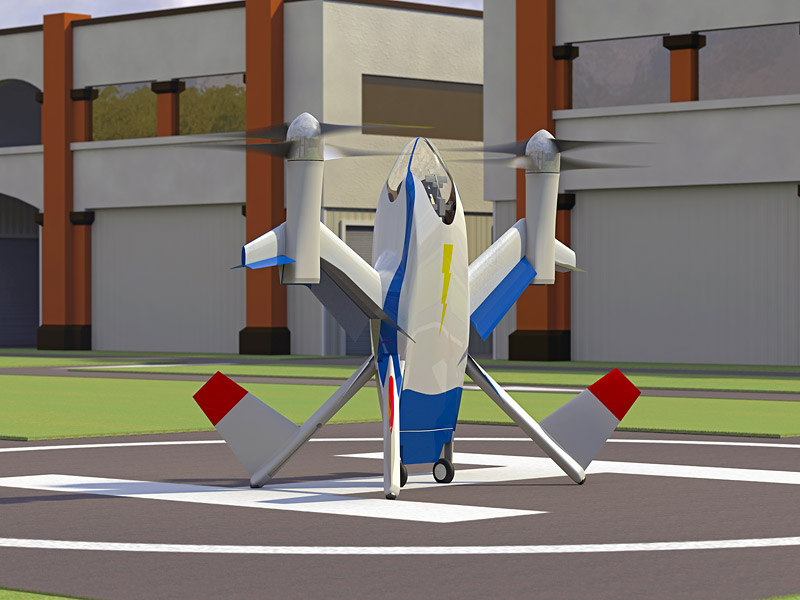 |
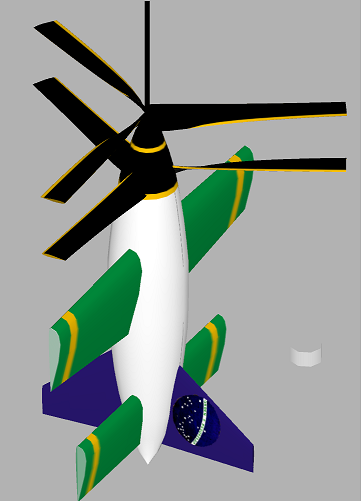 |
|---|---|---|---|
The properties of a flying car are determined by the properties of propellers and lithium-ion batteries. Typical parameters for a 1-person car are:
Hovering time = 25 minutes Cruise speed = 100 meters/second Range = 155 km Hovering power = 40 kWatts Vehicle mass = 320 kg Battery energy/mass= .8 MJoules/kg Battery power/mass = 1200 Watts/kg Battery cost/MJoule= 100 $/MJoule Battery mass = 80 kg Battery energy = 64 MJoules Battery power = 96 kWatts Battery cost = 6400 $
For hovering, the more rotors the better. The hovering time scales as rotor number to the 1/6 power. Adding rotors also increases stability and failsafe.
Electric bikes are easy to make. All you have to do is replace a conventional wheel with an electric wheel and attach a battery pack. Electric wheels come in kits and you can make the battery pack yourself. Example configurations for various motor powers:
Power Max Range Motor Battery Battery
speed cost cost energy
kWatt mph miles $ $ MJoule
.75 30 10 160 40 .5
1.5 35 20 240 60 1.2
3 45 40 570 100 1.8
6 55 80 1150 200 3.6
The bikes have one electric wheel and one conventional wheel except for 6 kWatt bike,
which has 2 electric wheels with 3 kWatt each.
Electric wheel prices are from Amazon.com.
Speed Power License
mph kWatt required?
Connecticut 30 1.5 Yes
California 28 .75 No
Massachusetts 25 .75 Yes
Oregon 20 1.0 No
Washington 20 1.0 No
Pennsylvania 20 .75 No
Delaware 20 .75 No
Maryland 20 .5 No
DC 20 ? No
 |
 |
|---|---|
The best insulator is air, which is why fluffy low-density materials like pillows and down coats are good insulators. The properties of a good coat are:
*) Thick. Insulation quality is proportional to thickness.
*) Low density. Insulation quality is inversely proportional to density.
*) Airtight.
*) Full length.
The quality of thermal insulation is given by the thickness divided by the density.
Material thickness = X Material density = C Insulation quality = Q = X/D
The material with the lowest density is bird down.
 |
|---|
If you have a stout coat then most of your heat is lost through your legs. The next step is to use fluffy airtight snowpants.
The head generates heavy power and is easy to keep warm. One has to protect this heat with a hat. When resting,
Power Surface area Heat flux
Watts meters2 Watts/meter2
Head 20 .13 160
Body 100 3 33
 |
|---|
For heat, the options are platinum heaters and battery heaters. A platinum heater is like a butane lighter but with no flame. The butane is reacted flamelessly with a platinum catalyst. In a battery heater, a battery heats a heat pad.
Platinum heaters are powerful, long-lasting, cheap, and you don't need an electrical outlet. A Zippo platinum heater costs $20, produces 13 Watts, and the butane costs 28 cents a day. The specs are:
Power = 13 Watt Butane burn rate = 23 gram/day Butane cost/day = .28 $/day Butane cost/mass = 12 $/kg
A heater can be built with a battery and a resistor (a heat pad).
A lithium-ion D cell has the same energy as a typical external battery. It can power a 10 Watt heat pa for 3 hours.
Battery energy = E = 107 kJoule Heat power = P = 10 Watt Operating time = T = E/P = 10700 seconds = 3 hours
The specs for a lithium ion battery and a heat pad are:
Battery voltage = V = I R = 4 Volts Head pad resistance = R = 2.5 Ohms Electric current = I = 1.6 Amperes Heat power = P = V I = V2/R = 6.4 Watts
You can't use a battery pack, because they're programmed to shut off if connected to a dead-load resistor. You have to use raw batteries and wire them yourself to the heat pad.
A typical heat pad produces 10 Watts if driven by a 5 Volt battery pack. A raw lithium-ion battery has a voltage of 4 Volts, and this is an appropriate voltage. Connecting a heat pad to a 4-Volt battery yields 6 Watts. If you wire the batteries in series for 8 Volts, the yield is 26 Watts, which is too much.
Use big batteries, specifically C or D cells. Then you don't have to wire them together in parallel. A D cell can power a heat pad for 3 hours.
Use thick wires. The minimum wire diameter for a 10 Watt heat pad is .5 mm. Use a diameter of at least 1 mm.
Be wary when buying batteries. Buy only from Panasonic or Sony. Never buy from China. Chinese manufacturers fib about specs.
There are heat pads with a battery included. Avoid them. The battery is feeble.
For lithium-ion batteries, D cell have an energy of 107 kJoules, C cells have 67 kJoules, and A cells have 47 kJoules.
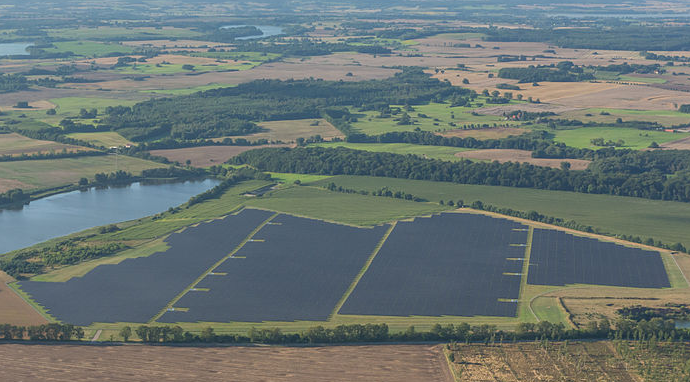 |
|
|---|---|
A typical solar farm costs 5 $/Watt and produces 30 MWatts/km2. The largest solar farms are:
GWatts km2 MWatts/km2 B$ $/Watt
California Solar Star .58 13 45
California Topaz .55 25 22 2.5 4.5 Thin film CdTe
California Desert Sunlight .55 16 34 Thin film CdTe
China Longyangxia Dam .32 9 36
California Cal. Valley Solar Ranch .29 8 36 1.6 5.5 Silicon crystal
Arizona Agua Caliente Solar Project .29 10 29 1.8 6.2 Thin film CdTe
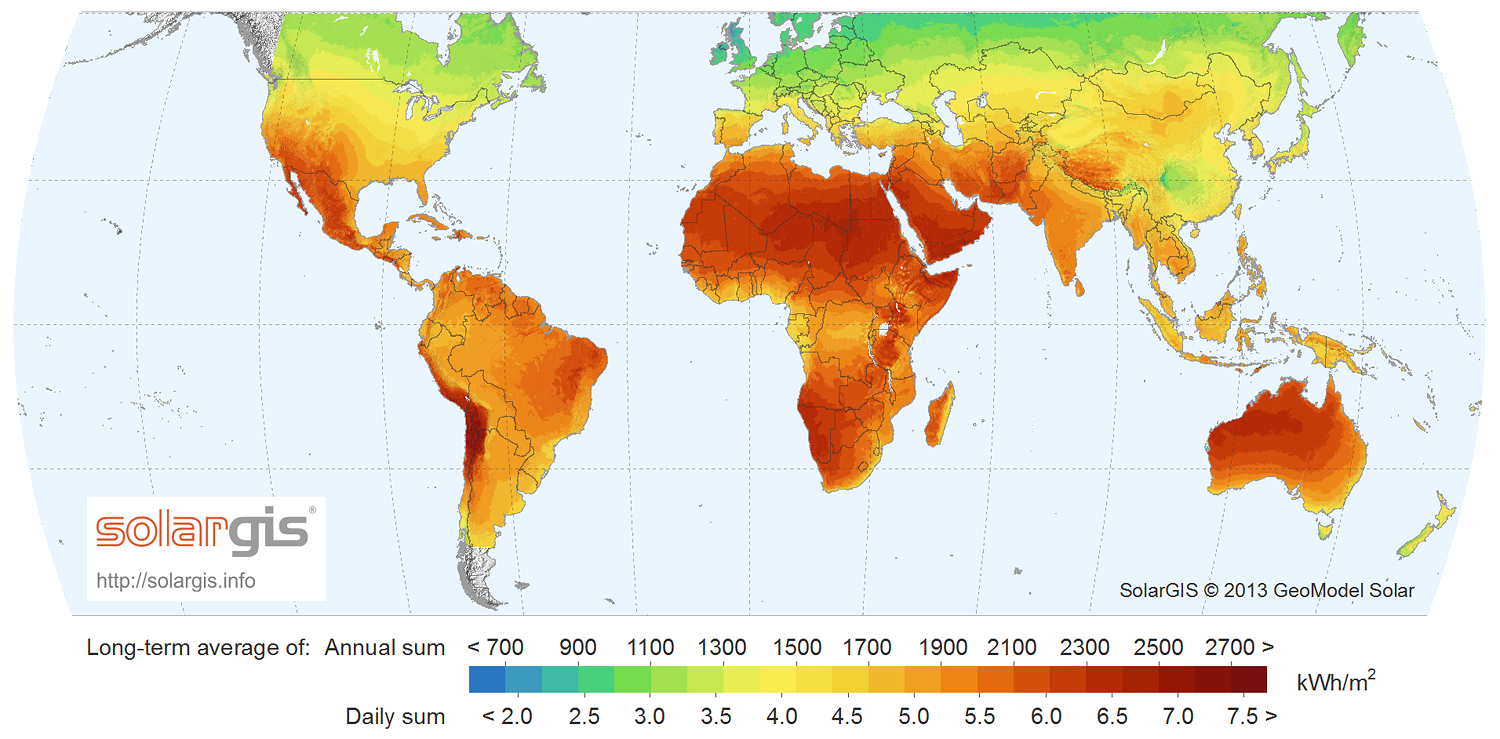 |
|---|
American solar farms tend to be in California or Arizona where sunlight is abundant and clouds are scarse. We calculate the payback time for a typical 1 meter2 solar cell in Arizona.
Solar cell efficiency = e = .20 Converting solar to electric energy Arizona solar intensity, peak = Ipeak = 1000 Watts Noon in mid-summer Arizona solar intensity, ave. = Iave = 250 Watts Averaged over day and night Solar cell peak power = Ppeak = e Ipeak= 200 Watts Solar cell average power = Pave = e Iave = 50 Watts
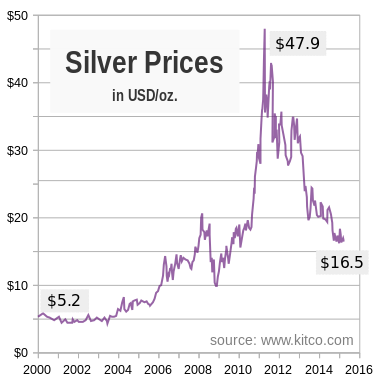 |
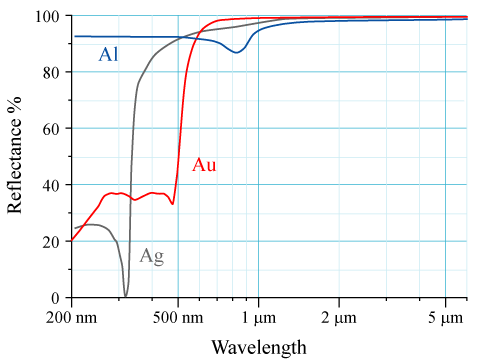 |
|---|---|
The types of solar cells are:
Technology Efficiency $/Watt Market frac Key element Element cost ($/kWatt) Multi junction .41 Gallium Thin film Ga As .29 Gallium Crystalline Si (mono) .25 .50 .36 Silver 48 Crystalline Si (poly) .20 .50 .55 Silver 100 Thin film Cu In Ga Se .20 .02 Indium Thin film Cd Te .16 .051 Tellurium 5 Thin film Amorphous Si .11 .02 - World record .44
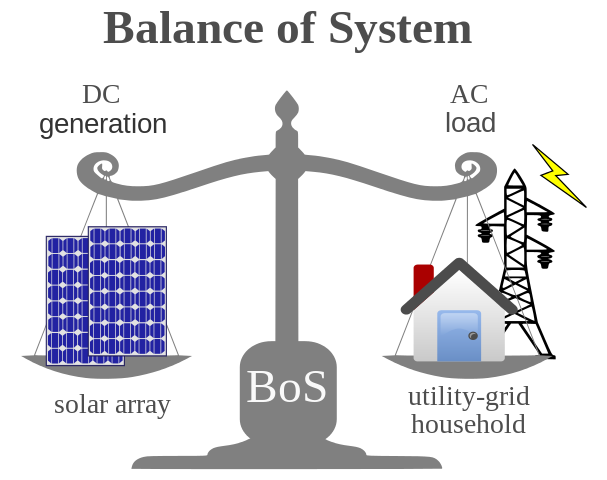 |
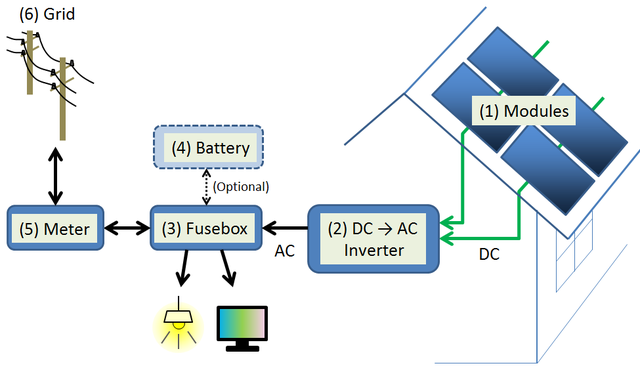 |
|---|---|
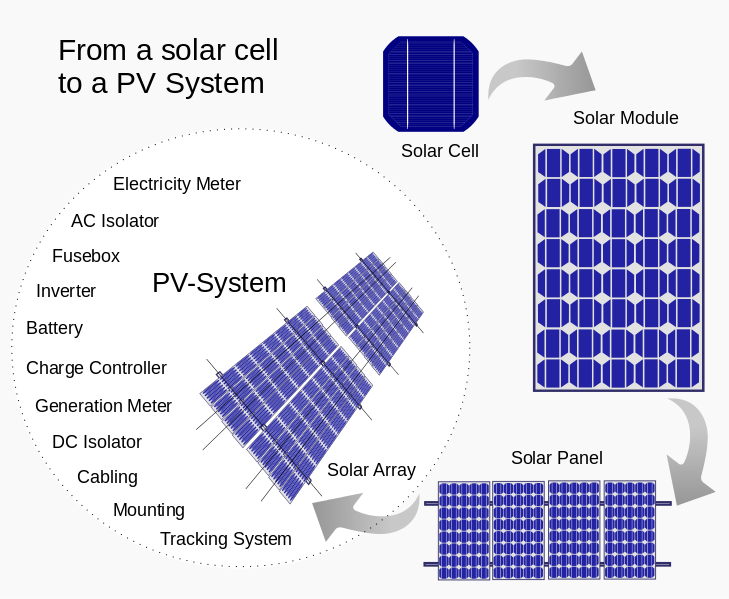 |
|
|---|---|
A solar cell system requires an inverter to convert DC to AC power. For a 1 meter2 cell,
Solar cell efficiency = e Peak power = Ppeak = e Ipeak = 200 Watts Cost of inverter per peak Watt = Qinv = .15 $/Watt Cost of inverter = Cinv = Qinv Ppeak = 15 $ Cost of solar cell = Ccell = 100 $ Total system cost = Ctotal = 200 $The the inverter costs less than the solar cell.
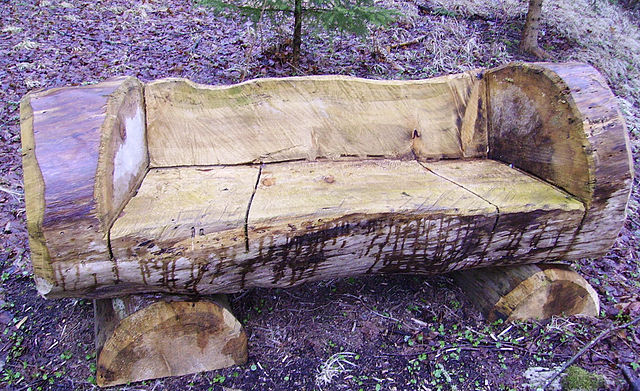 |
 |
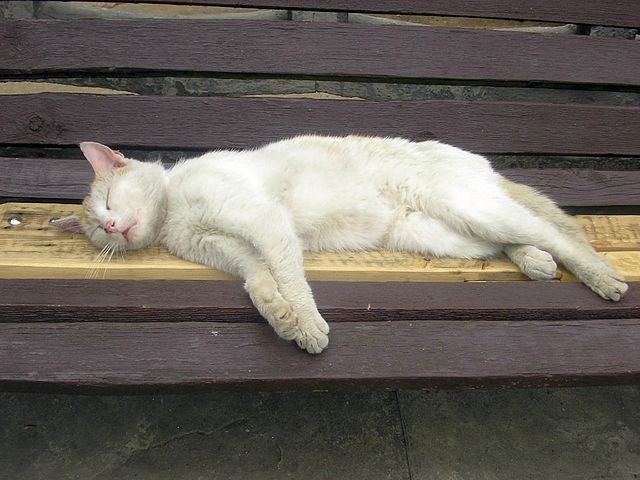 |
|---|---|---|
A chair should have:
*) A high back, preferably high enough to support your head.
*) Arm rests.
*) Space underneath the chair for your feet.
*) Padding.
*) Curvature.
For outdoor benches, there should be a canopy for rain and walls for wind. There should be benches in the sun for cold weather and benches in the shade for hot weather. Some benches should have tables.
 |
 |
|---|---|
We give thanks to Broadway Presbyterian Church, Starbucks, and Morning 2 Midnight.
The properties of the best commercial lithium ion batteries are:
Energy/Mass = .8 Joule/kg Power/Mass = 1200 Watt/kg Energy/$ = .01 MJoule/kg Density = 3.5 gram/cm3 Recharges =1000 Shelf life = 1.0 year Voltage = 3.7 VoltEnergy/Mass and Power/Mass are an engineering tradeoff. One can be increased at the expense of the other.
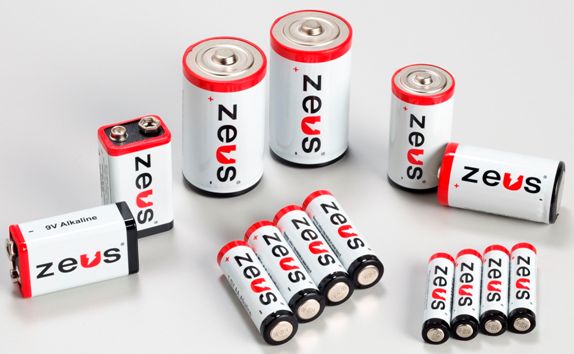 |
|---|
Energies and powers are for lithium batteries, which have a voltage of 3.7 Volts. The "ID #" is often used instead of cell size.
Cell Energy Power Current Mass Diameter Length Charge Price ID # size kJoule Watt Ampere gram mm mm AmpHour $ D 107 220 60 138 32 67 8.0 13 32650 C 67 220 60 92 26 50 5.0 8 26650, 25500 B 58 160 45 72 22 60 4.5 5 21700, 20700 A 47 110 30 49 18 50 3.5 3 18650 AA 9 22 6 15 14 53 .70 1 14500 AAA 4.7 11 3 7.6 10 44 .35 .5 10440 AAAA 2.3 6 1.5 3.8 8 42 .17 .25 75400 CR2032 3. Most common button cell CR1216 .33 Smallest button cell Apple Watch 4 4.0 .29 iPhoneXR 6" 41 2.94 Machine = .194 kg iPhoneXSM 6" 44 3.17 Machine = .208 kg iPhoneXS 6" 36 2.66 Machine = .177 kg iPhone8+ 6" 27 2.79 Machine = .202 kg iPhone8 5" 25 1.82 Machine = .148 kg iPhone7+ 6" 40 2.90 Machine = .188 kg iPhone7 5" 27 1.96 Machine = .138 kg iPad Mini 8" 70 5.12 Machine = .30 kg iPad Pro 10" 111 8.13 Machine = .47 kg Mac Air 11" 137 Machine = 1.08 kg Mac Air 13" 194 Machine = 1.34 kg MacBook 12" 149 Machine = .92 kg Mac Pro 13" 209 Machine = 1.37 kg Mac Pro 15" 301 Machine = 1.83 kg
Energy Power Lifetime
kJoule Watts hours
iPhone 8 5" 25 .50 14
iPhone 8+ 6" 27 .54 14
iPad Mini 8" 70 1.9 10
iPad Pro 10" 111 3.1 10
Mac Air 11" 137 3.8 10
Mac Air 13" 194 5.4 10
Mac Pro 13" 209 5.8 10
Mac Pro 15" 301 8.4 10
A single battery is a "cell" and a set of cells is a "pack". Packs are used to multiply the energy and power of cells.
Battery packs are notorous for catching fire, but cell technology has reached the point where it's now possible to make safe battery packs, and the design is simple enough so that anyone can construct their own packs.
Cells can be combined in series and/or parallel. Connecting in series multiples voltage, and voltage is helpful for achieving high power in a motor.
Connecting in series is easier than in parallel. If it's possible to achieve the required power without parallelization then one should do so, and this is usually possible with modern cells.
Series packs have the advantage that the cells can easily be extracted and charged individually, and cells can be interchanged between packs. One can also construct a set of series packs and swap them in like gun clips.
High power electric bikes use a voltage of 72 Volts. If we use one series array of C cells then a pack provides 4440 Watts and 1.2 MJoules. Any electric device requiring less than this much power can be powered by a series pack.
The properties of a modern high-power cell are:
Type = "C" Voltage = 3.7 Volts Energy = 60 kJoules Power = 155 Watts Mass = 92 grams Energy/mass = 650 kJoules/kg Power/mass =1680 Watts/kg Current = 42 Amperes Manufacturer = "Basen"When the cells are connected in series the values for voltage and power are:
Cells Voltage Power
Volts kWatts
1 3.7 .15
2 7.4 .30
3 11 .45 Electric kick scooter
4 15 .60
6 24 .90 Electric bike
10 36 1.5
20 72 3.0 Compact electric car
96 356 15.0 Large electric car
Electric bike motors use either 36, 48, or 72 Volts. The following table shows how to build a battery pack for each motor power.
Power Volts Cells Series Parallel Current Cell max Cell Cell Cell Cell brand
kWatt Amperes Amperes Amphours $ type
.75 36 10 10 1 21 30 2.0 5 A Sony VTC4
1.5 48 13 13 1 31 60 4.5 8 C Basen
3 72 20 20 1 42 60 4.5 8 C Basen
6 72 40 20 2 83 120 4.5 8 C Basen
12 72 80 20 3 167 180 4.5 8 C Basen
Cells Total number of cells, equal to the number of cells connected in series
times the number of cells connected in parallel.
Series Number of cells connected in series. For example, 20 batteries
with 3.6 volts each connected in series produces a voltage of 72 Volts.
Parallel Number of cells connected in parallel.
Current Current required to provide given power
Cellmax Maximum current of a cell
1 kg of nutrient powder is mixed with ton of water. The composition of a typical nutrient solution is
Parts per million
Potassium 160
Nitrogen 150
Calcium 100
Phosphorus 40
Sulfur 40
Magnesium 30
Iron 2
Manganese .5
Zinc .3
Boron .2
Copper .1
Molybdenum .075
Source
Hydroponics offers gains over field agriculture in many categories. The following table shows the amplification for each category in terms of hydroponic yield over field yield. The total amplification is the product of the amplification from each category.
Amplification factor
Plant density 8 In terms of plants/meter2
Crops per year 4
Crop variety 2
Temperature contro l 2
LED lighting 2
Carbon dioxide enhancement 1.5
Suppose a wall separates two rooms, an input room where sound is produced and an output room where sound is received.
Air pressure = P =101300 Pascals
Air density = D = 1.22 kg/meter3
Air adiabatic index = γ = 7/5
Sound speed = V = (Pγ/ρ)½ = 340 meters/second
Wall thickness = X = .01 meters = 1 cm
Wall density = ρ = 1000 kg/meter3 = 1 grams/cm3
Wall mass/area = m = X ρ = 10 kg/meter2 = 1 grams/cm2
Sound frequency = F = 41 Hertz
Sound input pressure = p1 = .1 Pascals Pressure in the room where the sound is produced
Wall velocity = v =.000039 meters/second
Wall momentum/area = q = m v = p1F-1(2π)-1 = .00039
Sound output pressure = p2 = P v V-1 γ
= p1 m-1 F-1 (2π)-1 P V-1 γ
= p1 m-1 F-1 (2π)-1 P½ D½ γ½
= p1 m-1 F-1 * 66.2
= p1 m-1 (F/41)-1 * 1.61
= p1 (m/m0)-1 (F/41)-1
Wall critical mass/area = m0 = F0 (2π)-1 P½ D½ γ-½ = 1.61 kg/meter2
The formula works for (m>m0), otherwise almost all sound is transmitted through the wall.
For a wall to be effective in soundproofing it has to attenuate bass (F=F0) by at least 40 decibels (p2/p1 = .01), which corresponds to m = 161 kg/meter2.
The Gigafactory in Nevada has a production target for 2020 of:
Battery production = 200 TeraJoules/year Energy of one car = 310 MJoules (Tesla Model S) Cars supplied/year = .64 millionThe Solar City Factory produces solar panels.
Panel production = 1.0 GWatts/year Panel duty factor = .25 (Average solar intensity over peak solar intensity) Effective power production = .25 GWatts/year
Cost of electricity = 30 MJoules/$ Crop time = 3 Mseconds = 40 days Lamp power =1000 Watts Lamp energy per crop = 3 GJoules/crop Lamp energy cost per crop = 100 $/crop
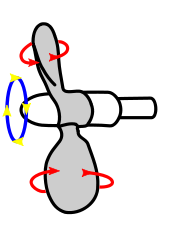 |
|---|
For propellers,
Rotor radius = R
Air density = D = 1.22 kg/meter3 at sea level
Rotor tip speed = V
Rotor width param= Cr
Rotor lift force = F↑ = D Cr R2 V2
Rotor drag force = F→
Rotor lift/drag = Qr = F↑ / F→
Rotor power = P = F→ V = F↑ V / Qr
Rotor force/power= Z = F↑/ P
= Qr / V
= R F↑-½ D½ Cr½ Qr
= R F↑-½ D½ qr
Rotor quality = qr = Qr Cr½
The physical parameters of a propeller are {Qr,Cr,qr}, with typical values of
Qr = 5.5 Cr = .045 qr = 1.17Most propellers have 2 blades and some have 3. If there are 4 or more blades then qr declines.
The parameters are not independent. They're related through the blade aspect ratio.
K ≈ Aspect ratio Cr ≈ K-½ Qr ≈ K qr ≈ K½
Aircraft mass = M Gravity = g Aircraft force = F↑ = M g Rotor radius = R ~ M1/3 Hovering force/power = Z = qr D½ R F↑-½ ~ M-1/6 Hovering power/mass = p = g / Z ~ M1/6 Aircraft energy/mass = e ~ M0 Hovering time = T = e / p ~ M-1/6
A drive propeller has to move substantially faster than the aircraft to be effective. This distinguishes it from a hovering propeller, which is designed to minimze propeller speed.
Rotor radius = R Air density = D = 1.22 kg/meter3 Aircraft speed = U Rotor speed coef. = s Rotor tip speed = V = s U Rotor lift force = F↑ Rotor drag force = F↓ Rotor lift/drag = Qr = F↑ / F↓ Rotor power = P = F↓ V = F↑ V / Q Rotor force/power = Z = Q / VTypically, Q ~ 5.5 and s ~ 3.
A commonly-appearing quantity is the power/mass ratio, which is inversely proportional to the force/power ratio.
Mass = M Gravity = g Rotor quality = q Hover force = F = M g Hover power = P Force/Power ratio = Z = F/P Power/Mass ratio = p = P/M = g/Z
Air density = Dair= 1.22 Seawater density = Dwater= 1025 Gravity = g = 9.8 meters/second2 Wing drag coef. = Cw = .03 Wing Lift/drag = Qw = 7 Rotor lift/drag = Qr = 5.5 Rotor width param = Cr = .045 Rotor quality = qr = 1.17 = Qr Cr½ Rotor force/power = Zr Rotor agility = pr = g/Zr Wing agility = pw
Aircraft mass = M Gravity = g Air density = D = 1.22 kg/meter3 Aircraft speed = U Rotor speed coef. = s Rotor tip speed = V = s U Aircraft lift force = F = M g Rotor lift force = F↑ Wing lift/drag = Qw = F / F↑ Rotor drag force = F→ Rotor lift/drag = Qr = F↑ / F→ Rotor power = P = F→ V = F↑ V / Qr = F V / (Qr Qw) Aircraft force/power = Z = F / P = [Qr Qw / s] / UThere is a tradeoff between Qr and s.
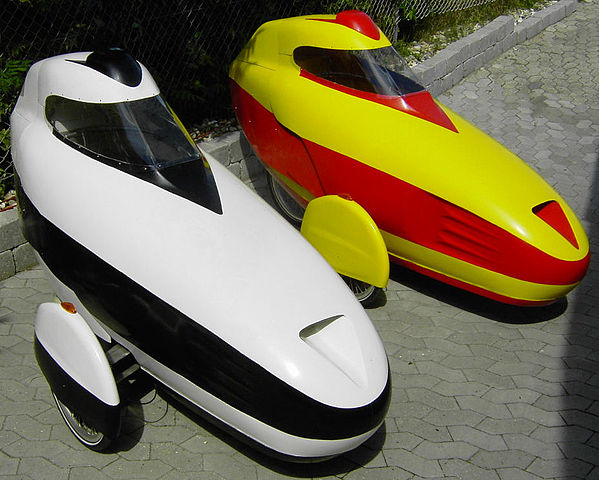 |
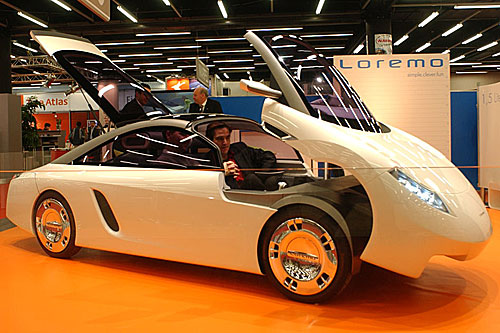 |
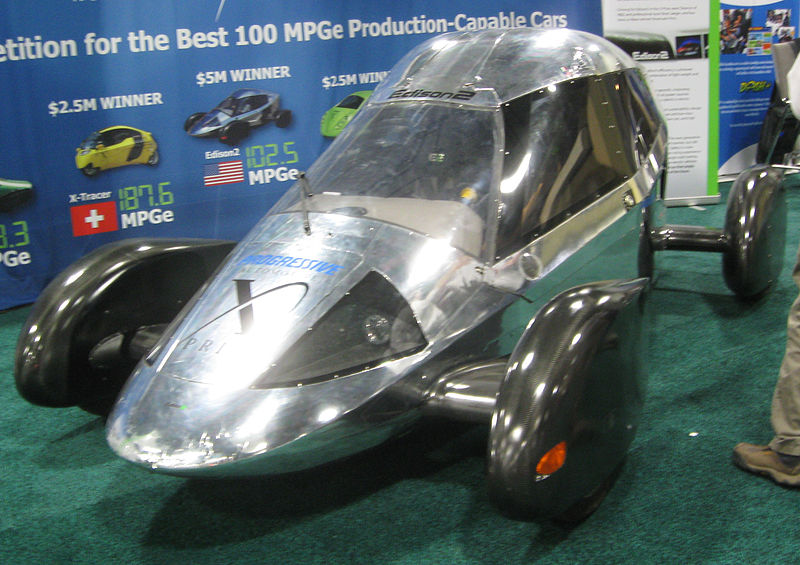 |
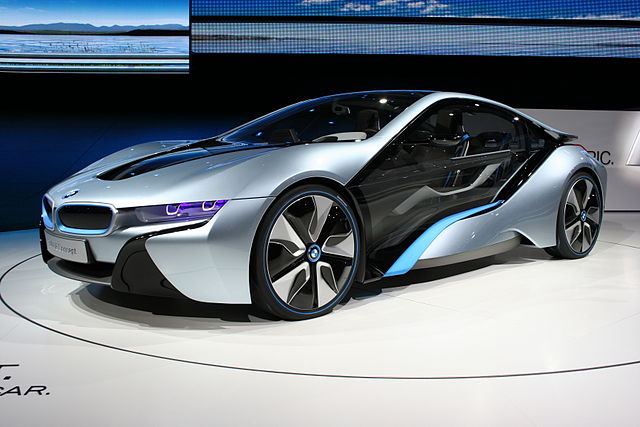 |
|---|---|---|---|
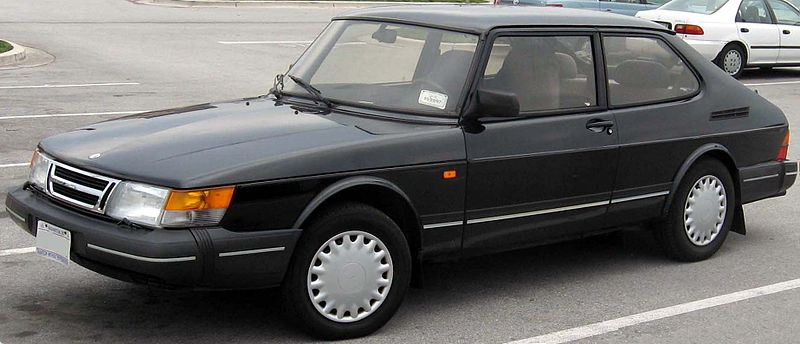 |
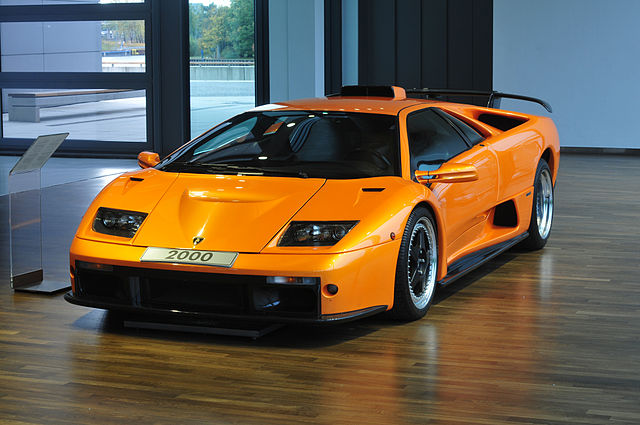 |
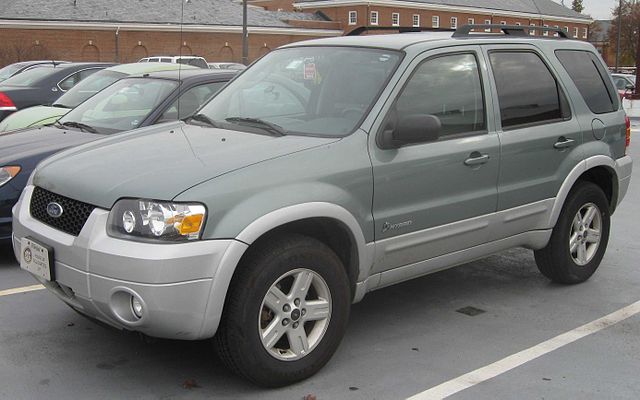 |
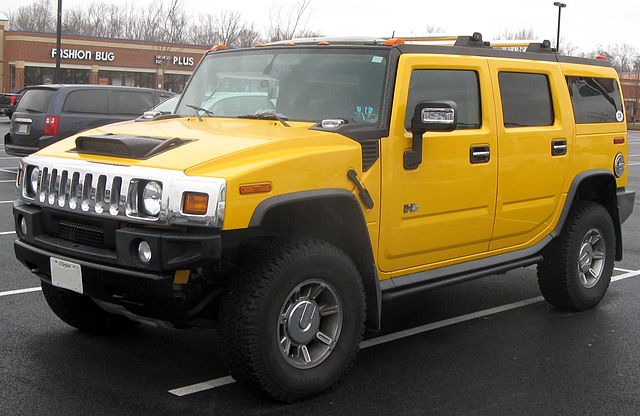 |
|---|---|---|---|
Speed Power Force Force Force Mass Drag Drag Area Drag Roll Year 100kph
(total) (fluid) (roll) (data) (specs) coef coef time
m/s kWatt kN kN kN ton m2 m2 m2 s
eSkate 5.3 .11 .021 .013 .008 .08 .76 1.0 .01
eScooter Zoomair 7.2 .25 .035 .027 .008 .08 .85 1.0 .01
Bike 10 .30 .035 .030 .005 .10 .49 1.0 .005
Bike 18 1.78 .103 .098 .005 .10 .50 1.0 .005
eBike 250 Watt 8.9 .25 .028 .023 .005 .10 .48 1.0 .005
eBike 750 Watt 10.6 .75 .071 .066 .005 .10 .96 1.0 .005
eBike 1 kWatt 12.5 1.0 .080 .075 .005 .10 .79 1.0 .005
eBike 1.5 kWatt 15.3 1.5 .098 .093 .005 .10 .65 1.0 .005
eBike 3 kWatt 16.7 3.0 .180 .175 .005 .10 1.03 1.0 .005
eBike Stealth H 22.2 5.2 .234 .228 .006 .12 .76 1.0 .005
eBike Wolverine 29.2 7.0 .240 .234 .006 .12 .45 1.0 .005
Bike, record 22.9 3.66 .160 .155 .005 .10 .48 1.0 .005
Bike, steamline 38.7 3.66 .095 .090 .005 .10 .099 .11 .005
Loremo 27.8 45 1.62 1.58 .035 .47 3.39 .25 1.25 .20 .0075 2009
Mitsubishi MiEV 36.1 47 1.30 1.22 .081 1.08 1.53 .35 .0075 2011
Aptera 2 38.1 82 2.15 2.09 .062 .82 2.36 .19 1.27 .15 .0075 2011
Nissan Leaf SL 41.7 80 1.92 1.81 .114 1.52 1.71 .72 2.50 .29 .0075 2012 10.1
Volkswagen XL1 43.9* 55 1.25 1.19 .060 .80 1.01 .28 1.47 .19 .0075 2013 11.9
Chevrolet Volt 45.3 210 4.64 4.52 .121 1.61 3.61 .62 2.21 .28 .0075 2014 7.3
Saab 900 58.3 137 2.35 2.25 .100 1.34 1.09 .66 1.94 .34 .0075 1995 7.7
Tesla S P85 249+ 69.2* 568 8.21 8.06 .150 2.00 2.76 .58 2.40 .24 .0075 2012 3.0
BMW i8 69.4* 260 3.75 3.63 .116 1.54 1.24 .55 2.11 .26 .0075 2015 4.4
Nissan GTR 87.2 357 4.09 3.96 .130 1.74 .85 .56 2.09 .27 .0075 2008 3.4
Lamborghini Dia 90.3 362 4.01 3.89 .118 1.58 .78 .57 1.85 .31 .0075 1995
Porsche 918 94.4 661 7.00 6.88 .124 1.66 1.27 .29 .0075
LaFerrari 96.9 708 7.31 7.19 .119 1.58 1.26 .0075
Lamborghini SV 97.2 559 5.75 5.62 .130 1.73 .98 .0075
Bugatti Veyron 119.7 883 7.38 7.24 .142 1.89 .83 .74 .0075 2005
Hummer H2 242 .218 2.90 2.46 4.32 .57 .0075 2003
Formula 1 .053 .702 .9 .0075 2017
Bus (2 decks) 138 12.6 .005 2012
Subway (R160) 24.7 448 38.6 .0004 2006
Airbus A380 320 435200 1360 1360 21.8
F-22 Raptor 740 231000 312 312 .93
Blackbird SR71 1100 332000 302 302 .41
Skydive, min 40 30 .75 .75 0 .075 .77 1.0 0
Skydive, max 124 101 .75 .75 0 .075 .080 1.0 0
Sub, human power 4.1 1.78 .434 .051
Blue Whale 13.9 3750 270 2.74
Sub, nuke 17.4 30000 1724 11.2 Virginia Class
*: The top speed is electronically limited
Drag (data) Drag parameter obtained from the power and top speed
Data (specs) Drag parameter from Wikipedia
Force (total) Total drag force = Fluid drag force + Roll drag force
Force (fluid) Fluid drag force
Force (roll) Roll drag force
Area Cross section from Wikipedia
Drag coef Drag coefficient from Wikipedia
Roll coef Roll coefficient. Assume .0075 for cars and .005 for bikes.
100kph time Time to accelerate to 100 kph
For the skydiver, the minimum speed is for a maximum cross section (spread
eagled) and the maximum speed is for a minimum cross section (dive).
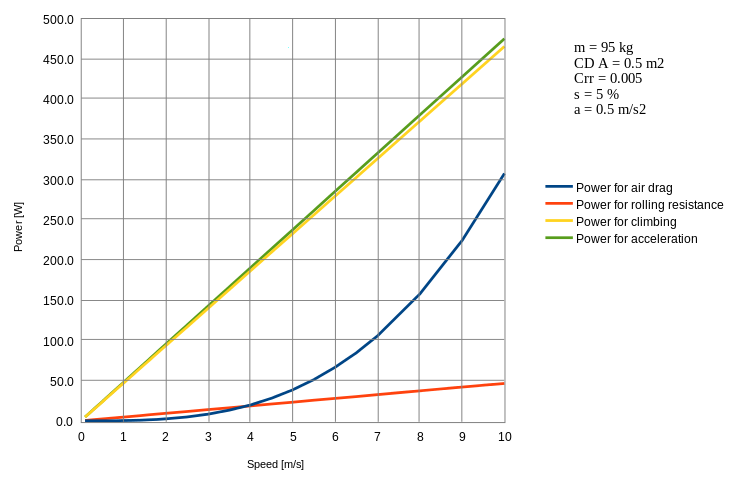 |
|---|
Wiki: Energy efficiency in transportation
 |
|---|